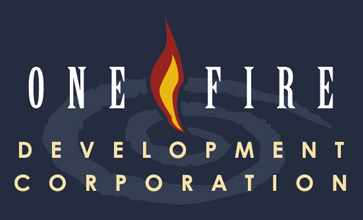Economic Development
For Native American communities, there is a strong connection between economic development and wellbeing. Many actions taken by Native communities focus on broader desired outcomes such as sustaining culture, stabilizing the Tribal government, making sure the environment is healthy, and employing members in satisfying jobs. The overarching result is that a community feels safe, happy, and healthy.
“The principal economic goal of a nation is to produce a high and rising standard of living for its citizens,” stated Michael Porter In his influential book, The Competitive Advantage of Nations. By this reasoning, the economic goal of an Indian Nation is to ensure a high and rising standard of living for all its members.
Today, Tribal governments provide a broad range of governmental services on Tribal lands throughout the U.S., including law enforcement, environmental protection, emergency response, education, health care, and basic infrastructure. Indian Tribal governments have the primary responsibility for promoting economic development.
Innovative thinking about Native American self-governance and economic development in recent years has emphasized the importance of identifying Tribal assets—image, energy resources, infrastructure, human and financial capital —and taking control of them from outsiders. However, just obtaining control of assets is by itself not enough—you’ve also got the make the right strategic choices about what to do with those assets. A new guiding principle that goes beyond obtaining control of an asset is to focus on how the tribe chooses to apply and utilize the asset in the best possible way. Since each Native American community is different, the resulting economic development activity will also vary widely as well.
